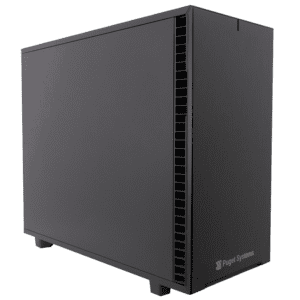It wasn’t long ago that Solid State Drives (SSD) were considered a luxury item, reserved for those who demanded drive speeds only SSDs can deliver. The first generation of SSDs were not only limited in capacity (40 and 60 GB models were popular) but were very expensive, often costing more than $500. That makes for a difficult sell when a mechanical drive could be had for about half the the price and nearly 10x the capacity.
Starting in the first quarter of 2011, companies such as Intel, Corsair, Samsung and other began dropping prices on their SSDs. At Puget Systems we’ve found Intel to build a reliable and fast SSD at a reasonable price and have consolidated our offerings around their main lines.
